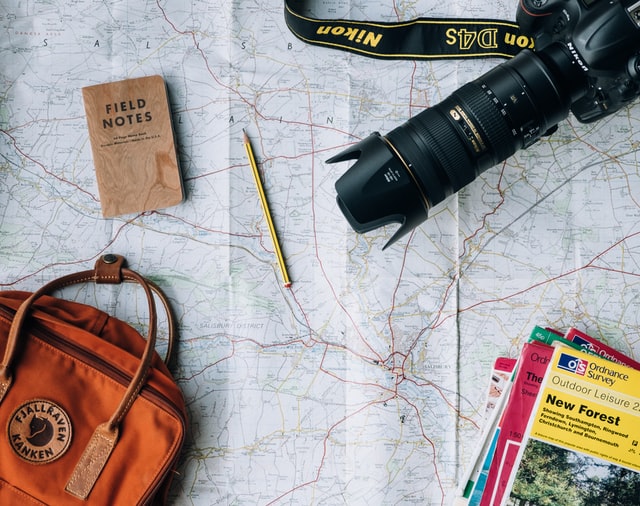
Tour Three. Global Connection.
How Cultures Mix
Native Americans often say,
“Don’t judge your neighbor before you have walked a day in his moccasins.”
This basically means that sometimes the best way to understand people is to share their experiences. When you learn why people think and behave the way they do, you can begin to understand their culture.
Taking time to learn about different cultures can be rewarding. You often realize that differences between peoples are mostly on the surface. In every known society, people play; dance; respect their elders; condemn lying, stealing and cheating; decorate themselves; and have religion.
Today, people travel more and faster than ever before. But travel is not a new phenomenon. People have journeyed, and settled, across the Earth. Nature, climate and intercultural exchange have contributed to customs and habits. Laws and traditions have evolved. Cultures have been born and reborn.
The first evidence of people living in Finland dates back to approximately 7300 BC. The Sami, who live in Lapland, were in Finland long before the Finnish people arrived. The Finnish people first entered what later became the country of Finland around 1500 BC. They came from the East, but scientists aren’t sure exactly where their journey began.
Finns have always had reason to travel. Hunters and traders needed to be mobile.
Today, Finns depend on their exports. As Finland’s products travel, so do its culture and its people. Every year, Finns make 2.6 million overnight trips abroad. Many are eager to learn foreign languages and explore new places. Sometimes, people leave Finland for good and move to another country. In the past one hundred years, over one million Finns have moved to other countries. Economic hardship, unemployment and quests for adventure have driven people across the seas. Of these, some 20-40 percent have returned to Finland.
The first Finnish immigrants to the United States settled in what is now Delaware in the early 17th century. The most important migration from Finland took place between 1860 and 1930, when 340,000 Finns left Finland for North America. At the peak of the migration, over 20,000 Finns came to the United States each year. Many traveled to Britain via Sweden and took steamboats across the Atlantic to New York. The settlers got more and more
relatives and friends to work with them at U.S. mining and shipping companies.
The Finns settled along a narrow belt on both sides of the Canadian border. The first settlements were founded in New York, Massachusetts, Michigan and Minnesota. Hardly any Finns settled in the Southern states. In 1896, Finnish Americans founded a University in Hancock, Michigan. It was first named Suomi College and later renamed Finlandia University.
Today, there are 800,000 people who claim to be of Finnish descent in the United States. Although they live as Americans, they have preserved much of their Finnish heritage. Many second or third generation Finnish-Americans speak Finnish. At Christmas, Midsummer and Easter, many Finnish-Americans get together to enjoy traditional Finnish meals and other festivities. Many travel to Finland to visit extended family and participate in programs designed to preserve their Finnish connections. And many look for their roots in Finland.
Americans also like to cross the ocean. Around 105,000 American tourists come to Finland each year. High-school students have participated in exchange programs between Finland and the United States for forty years. Spending one year in a host family has been an excellent way for young Finns and Americans to learn to understand and respect each other.
Quiz
- Every known society has
- cars
- religion
- cell phones
- cats
2. The Finns came to what is now Finland
- from the North Pole
- before the Sami
- from America
- from the East
3. Most Finnish immigrants went to the U.S. to
- find work
- sell things
- learn English
- learn Spanish
4. In Michigan, there is a Finnish American
- kindergarten
- service station
- university
- highway

